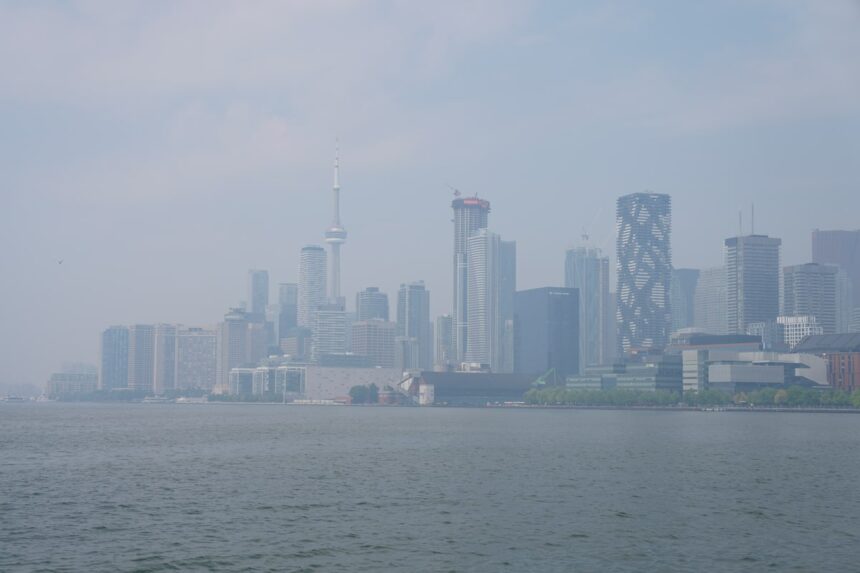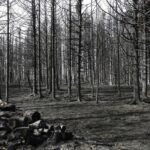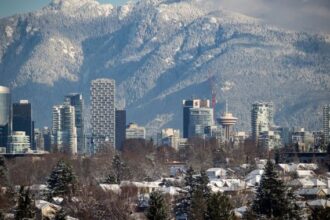As plumes of acrid smoke blanket Canadian skies from coast to coast, millions of Canadians are experiencing an unprecedented environmental health crisis that has transformed summer’s blue horizons into apocalyptic hazes. The current wildfire season has shattered records, with smoke conditions deteriorating to levels that experts are calling “hazardous” across multiple provinces.
“We’re witnessing wildfire smoke exposures that are quite frankly off the charts,” says Dr. Sarah Reynolds, a respiratory specialist at Toronto General Hospital. “The fine particulate matter in wildfire smoke can penetrate deep into the lungs and even enter the bloodstream, creating both immediate and long-term health consequences.”
The composition of wildfire smoke presents a complex threat to human health. Beyond the visible haze, these plumes contain a dangerous cocktail of particulate matter, carbon monoxide, volatile organic compounds, and other pollutants. The most concerning component—PM2.5, or fine particulate matter smaller than 2.5 micrometers—is particularly harmful because it can bypass the body’s natural defense mechanisms.
Health authorities across Canada are reporting significant spikes in emergency room visits for respiratory issues, with vulnerable populations bearing the heaviest burden. Children, elderly individuals, pregnant women, and those with pre-existing conditions like asthma, COPD, or heart disease face elevated risks during extended smoke events.
“The reality is that no one is completely immune to these effects,” explains environmental epidemiologist Dr. Michael Chen from the University of British Columbia. “Even healthy adults can experience symptoms like irritated eyes, scratchy throats, persistent coughs, and unusual fatigue when exposed to poor air quality for extended periods.”
Research published in the Canadian Medical Association Journal suggests that the health impacts extend well beyond respiratory issues. Recent studies have linked wildfire smoke exposure to increased rates of cardiovascular events, compromised immune function, and potential neurological effects—particularly concerning as climate change drives more frequent and intense fire seasons.
Provincial health ministries across the country have implemented emergency response protocols, including the establishment of clean air shelters in severely affected communities and providing updated guidance for schools and outdoor workers. In regions where the Air Quality Index (AQI) has exceeded 200—considered “very unhealthy”—public health officials have advised canceling outdoor activities and limiting exposure even for healthy individuals.
“These aren’t just recommendations—they’re necessary precautions,” warns Dr. Alisha Patel, Chief Medical Officer for Ontario’s Wellington-Dufferin-Guelph Public Health unit. “We’re seeing situations where even brief outdoor exposure can trigger asthma attacks or other serious health events.”
For Canadians navigating this new reality, health experts recommend several protective measures. Creating a clean air space at home using portable HEPA air purifiers can significantly reduce indoor pollution levels. When venturing outdoors in affected areas, properly fitted N95 respirators—not surgical or cloth masks—provide the most effective protection against fine particulates.
Economic analysts at the CO24 Business desk report that the healthcare costs associated with wildfire smoke exposure could reach billions of dollars annually, when accounting for direct medical expenses, lost productivity, and long-term health effects. These costs disproportionately affect rural and Indigenous communities, which often face higher exposure levels and have fewer resources for mitigation.
While the immediate focus remains on protecting public health, political leaders across party lines are facing mounting pressure to address the root causes of increasing wildfire severity. Climate scientists have long warned that warming temperatures, changing precipitation patterns, and decades of forest management practices have created conditions for longer and more destructive fire seasons.
As Canadians adapt to what many experts believe will become a recurring summer reality, the question remains: will this public health crisis catalyze meaningful action on climate resilience and adaptation strategies, or will we continue to treat each smoke-filled summer as an isolated emergency rather than part of a dangerous new normal?

























